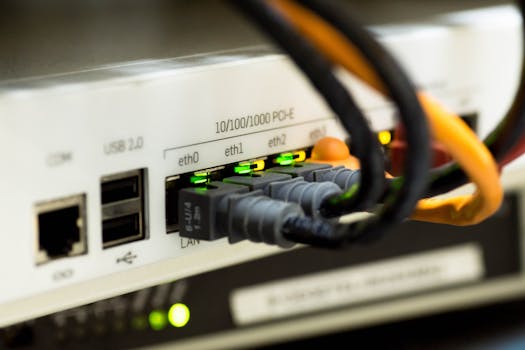
Starlink: The Revolutionary Satellite Internet Constellation
Starlink is a satellite internet constellation developed by SpaceX, aiming to provide high-speed, low-latency broadband connectivity across the globe. With the focus keyword Starlink at the forefront of this technology, it is essential to understand the concept, benefits, and potential impact of this innovative project. Starlink is designed to address the growing demand for internet access, particularly in remote and underserved areas where traditional fiber-optic cables are not feasible.
The development of Starlink began in 2015, with SpaceX filing an application with the Federal Communications Commission (FCC) to launch a constellation of satellites into low Earth orbit. The initial plan was to launch approximately 4,000 satellites, but later revisions increased the number to around 12,000 satellites. Each satellite is equipped with advanced Hall effect thrusters, allowing for efficient propulsion and maneuverability.
The Starlink constellation operates in the Ku and Ka frequency bands, providing a high-speed internet connection with speeds of up to 1 Gbps. The system uses a phased array antenna, which allows the satellites to steer and shape their beams to optimize coverage and minimize interference. This advanced technology enables the satellites to provide a reliable and stable internet connection, even in areas with limited infrastructure.
Benefits and Applications of Starlink
The potential benefits of Starlink are vast and varied. One of the primary advantages is the ability to provide internet access to remote and underserved communities, bridging the digital divide and promoting global connectivity. Starlink can also be used to support emergency response efforts, such as providing internet access during natural disasters or in areas with damaged infrastructure.
In addition to its humanitarian applications, Starlink has the potential to revolutionize various industries, including finance, healthcare, and education. The high-speed, low-latency connection can facilitate the transfer of large amounts of data, enabling applications such as remote healthcare monitoring, online education, and financial transactions.
Challenges and Controversies Surrounding Starlink
While Starlink has the potential to transform the way we access the internet, there are also several challenges and controversies surrounding the project. One of the primary concerns is the potential for increased space debris, as the large number of satellites in the constellation could contribute to the growing problem of orbital pollution.
Another challenge facing Starlink is the issue of spectrum allocation and interference. The use of the Ku and Ka frequency bands has raised concerns among other satellite operators, who fear that the Starlink constellation could interfere with their own signals. The FCC has been working to address these concerns, but the issue remains a topic of debate.
Conclusion and Future Developments
In conclusion, Starlink is a revolutionary satellite internet constellation that has the potential to transform the way we access the internet. With its advanced technology and high-speed, low-latency connection, Starlink can provide internet access to remote and underserved communities, support emergency response efforts, and enable a wide range of applications across various industries.
As the project continues to evolve, it is essential to address the challenges and controversies surrounding Starlink, including the potential for increased space debris and spectrum allocation issues. With ongoing research and development, SpaceX is working to improve the performance and efficiency of the Starlink constellation, paving the way for a future where high-speed, low-latency internet access is available to everyone, everywhere.
